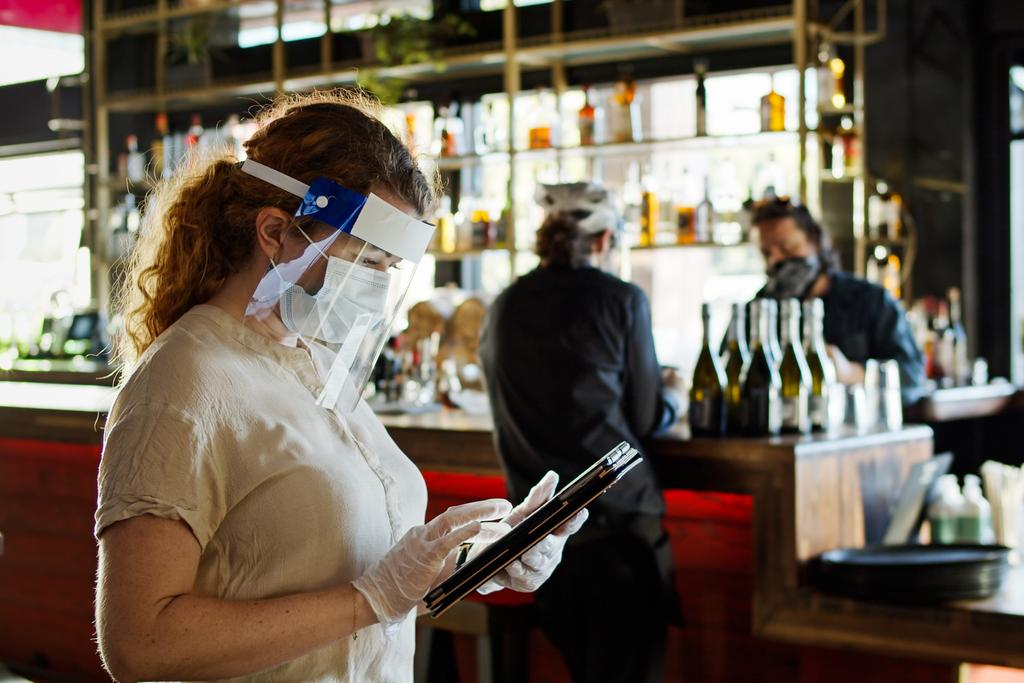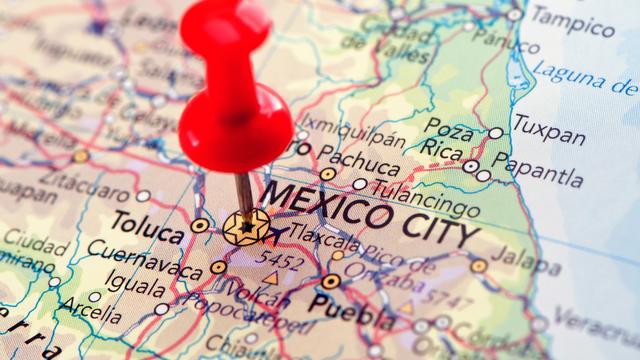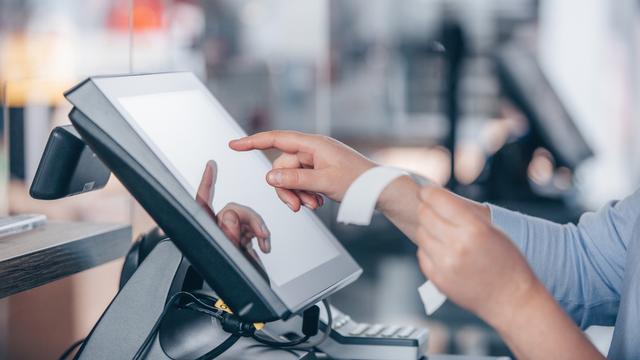and simiiar government sites in other countries.
The spread of the Coronavirus may well change the restaurant landscape permanently. Even if the risk wanes after a few months, some people won’t return to casual restaurant dining as easily as before the crisis. That’s why restaurants should begin making contingency plans for alternative ways to serve food. These plans might include mobile food trucks that deliver prepackaged meals, delivery service and takeaways of regular menu items and specially packaged foods, such as box lunches, prepared meals and breakfast specials that people can grab-and-go.
Preparing for alternative ways to serve food makes sense, and restaurateurs should begin the process now to survive the current crisis and whatever follows. I recommend taking advantage of any government-aid programs, tax incentives and special benefits available to restaurant owners and their employees to help them weather the crisis. However, it’s important to develop a forward-looking plan for the long-term outlook.
Is the Sky Falling on Restaurant Service?
Many restaurants are closing due to the crisis, but you can find ways to generate revenue in order to survive. That might mean fine-tuning your concept, offering special food packages, delivering hot food and taking orders for takeaway. Specialized catering is also an option for small, private events.
The effects of the CO-VID 19 virus have officially been categorized as a pandemic in many countries. In the United States, the restaurant industry has lost more than 3 million jobs and $25 billion in sales, according to restaurant.org. However, panic doesn’t help anyone, and any threat comes with built-in opportunities for creative entrepreneurs.
Applying for Aid for Your Restaurant Business
According to pos.toasttab.com, the following aid and relief programs are available in the United States:
- Dining Bond This is a global initiative that’s designed to get operating cash into the hands of restaurateurs
- Rally for Restaurants This program is a grassroots campaign of selling gift cards against present and future purchases.
- James Beard Relief Fund This fund raises funds for small, independent restaurants and provides micro grants.
- Spill the Dish This is a database of financial options for restaurant owners and restaurant workers. You can search by state to find government and nonprofit resources.
- Spectrum Reach This program offers restaurants free video commercials to promote their alternative delivery and takeaway services.
Other countries have similar programs in effect, so check with your local business support program, restaurant association and specific programs offering CO-VID 19 relief.
Taking Care of Your Customers and Staff
According to an article posted at washingtonpost.com, there is no evidence that the Coronavirus can be transmitted by food. The path of transmission involves respiratory fluids that are expelled by sneezing, coughing, etc. The fluid could contaminate food and be transmitted that way, but normal sanitation safeguards generally keep food safe.
Epidemiologically, many things have to happen within a short time frame for the virus to be transmitted by food or food packaging. An infected person must sneeze, and the particles must transfer to the food or package. The virus won’t survive long outside the body, and a person needs to touch the exact spot within the time frame.
It’s critical for your restaurant business to monitor employee health and maintain safe food handling practices. Those are the most important ways to keep food safe and prevent transmission. Ask about your employees’ health and demonstrate real concern and empathy. According to courant.com, the following steps are some of the ways restaurants are taking care of their own:
- Restaurant Group Funds for Unemployed Staff Many groups offer assistance to out-of-work staff. Some restaurants are donating up to 50% of gift card profits to compensate unemployed and underemployed staff.
- Maintaining Communications Many restaurants keep the lines of communication open with unemployed workers, many of whom they hope to rehire when business returns to a more normal pace.
- Free Meals Some restaurants offer free meals to laid-off staff members.
- Hiring Staff for New Positions Restaurants that start delivery service or offer takeaway service can often offer former employees the option of working in different positions. These can be a drastic cut in pay for well-compensated servers and managers, but many accept the offer as a temporary bridge.
The most important thing is to keep current with local health and government guidelines. In the United States, you can get up-to-date information from the Centers for Disease Control and Prevention. You can find information on approved antimicrobial disinfectants at epa.gov
Keeping Up A Revenue Stream
Using your creativity, love of food and commitment to food safety, you can use a number of short-term tactics to generate a regular income stream to help your restaurant survive. For example, you might create a boxed lunch or complete dinner package to encourage your customers to order delivery or takeaway. Don’t forget the power of marketing special meals, such as food tastings, appetizer platters and bulk meals for large families. Some of the best ideas for generating revenue during the Coronavirus threat include:
- Position Your Restaurant as a Safe Oasis Marketing your restaurant’s commitment to food and customer safety goes a long way to building a clientele during this period of restaurant closures. This is the time to ramp up food safety, increase your sanitizing schedule and ensure that sick employees don’t come to work.
- Creating Special Menus You might need to retool your menu to offer foods that travel well. Customers should be able to order takeaway and delivery food that’s just as appealing as dine-in food.
- Explore a Third-party Delivery Service You can attract new customers by partnering with a third-party delivery service. You can also develop your own delivery service to reach more customers and control all aspects of your food delivery.
- Prepare Staff to Deal with Sick Customers Sick customers need to eat, and if you show compassion and professionalism, you can service them efficiently without causing social embarrassment.
- Use Your POS System to Generate Cost Savings Your POS system is a tool that can generate big cost savings when it’s used properly. Keep current on costs, analyze your purchase history and eliminate items that don’t sell well.
- Investigate Any Stimulus Options There are many assistance options available for restaurants throughout the world. Try to keep current on what’s available. These extra funds can often make the difference between success and failure.
- Negotiate with Your Landlord You’re paying a premium for dining room space that you can’t use. Landlords don’t want to lose paying tenants, which will be very hard to replace during the crisis. Try to negotiate lower rent for at least a few months.
Cutting Costs Without Sacrificing Service
I recently walked into a local chain restaurant to order takeout food. The dining room was closed, and operations were scaled back considerably. People were gathered in front of the registers waiting for food at lunch time, when service is normally fast and efficient. I could see little difference in the risk of people standing in the lobby for an extended period and just ordering food the normal way for dining in-house.
If you offer takeaway service, it’s important to keep service efficient and to maintain social distance between customers. There are several steps you can take to reduce exposure. Wearing a face mask is not a substitute for social distancing. Maintaining a distance of at least six feet is the best policy, but restaurant operators should also consider the effects of social distancing and compensate by encouraging all staff members to show a friendly and helpful attitude.
Compensate for Social Distancing by Getting to Know Your Customers Better
Your customers are just as apprehensive about the virus threat as you are. It’s not possible to have long conversations during the period of social distancing, but you can send out newsletters or emails and customer satisfaction surveys to take the pulse of local opinion. Use this time to build a better profile of each regular customer. The information could prove invaluable now and in the future
Safety at Checkout Stations for Takeaway Service
Food safety at your restaurant is important, but you just have to follow your normal practices in most cases. At the checkout stations, you should offer the following services:
- Provide sanitary dispensers for customers.
- Encourage customers to pay with plastic to avoid using cash.
- Make sure that all service employees use gloves and sanitary wipes on neutral surfaces between staff and customers.
- Disinfect high-traffic areas frequently, including pin pads and door handles.
Best Practices for Delivery and Takeaway Service
The CDC in the United States and many other governing bodies around the world recommend wearing a face mask to protect both employees and customers. Although the mask doesn’t replace maintaining six feet of distance, it can provide an added layer of protection. According to multco.us, the best practices that meet U.S. regulations for food service include the following:
- Pay Close Attention to Employee Health Employees are legally required to report if they test positive for Covid-19. Restaurant owners should monitor employee health, implement stringent food safety processes and follow all local guidelines.
- What You Can Sell You can only sell food for takeaway at the front counter or drive-through window. The same rules hold for delivery service. The food must be consumed away from the premises, and customers can’t gather in the parking lot or use outdoor seating areas to eat.
- Other Goods You Can Provide As a customer service, restaurants can provide other items for delivery, such as cleaning products, toilet paper, non-perishable goods and containers of cheese, milk, meats and poultry.
- Employee Management Checking daily on the health of each employee is critical - whether you just ask them how they feel, take temperatures with a temperature gun or use more advanced screening procedures. If employees feel sick, send them home. If they are worried about exposure at home to an infected person, send them home.
- Setting Up Takeaway Tables and Barriers One of the most effective strategies is placing a barrier between takeaway staff and customers, such as a table. This helps to maintain a distance of six feet, and you can use the table to place your credit card machine and deliver orders when ready. Employees should wear gloves when handling cash to prevent transmission of the virus by money contaminated with droplets of bodily fluids.
UK Guidelines for Food Delivery
In the UK, food safety is overseen by the Food Standards Agency, which have well-designed food safety regulations. They can serve as an excellent starting point for food deliveries in any country or region.
- How to Take Orders You can take orders for delivery or takeaway orders by phone, on your website or through third-party platforms.
- Information that You Need to Provide Providing nutritional information is important, so gather information on each item on offer about quantity, price, ingredients and allergen information because your customers still need to know these things.
- Allergen Information The most common allergens include cereals with gluten, crustaceans, fish, eggs, lupin, molluscs, peanuts, sesame, mustard, soybeans, sulphur dioxide, sulfites, dairy products and tree nuts. Cross-contamination is a big concern when delivering food - food can become contaminated with allergenic ingredients easily unless your staff remains vigilant.
- Hygienic Delivery Practices The food you deliver must meet the standards for food served in your restaurant. That means prepared under sanitary conditions, cooked to safe temperatures, chilled to safe temperatures for cold foods and free of cross-contamination. Food must be kept cool or hot during delivery, and restaurants can rely on packaging, coolers, warming bags, etc.
- Education Educating your staff on how to take delivery orders effectively should include training in how to handle food for people with allergies.
You need to check with your local governing authority for the country, region and city where you plan to offer service. Most established restaurants can serve food according to the above guidelines.
Proactive Work Creates a Brighter Picture for Any Restaurateur
At the end of the day, all you can do is maintain a can-do attitude and reduce risks. If you offer healthy food to your customers in convenient packages, you will build greater loyalty to your restaurant and have a strong chance of surviving the Coronavirus scare.
At waiterio.com, we offer full support for processing deliveries and takeout/takeaway orders in multiple languages and countries. We can give you the tools you need to reinvent your business during the Coronavirus restaurant shut-down, and we’ll be ready to help you recover when the time is right for in-house dining.





